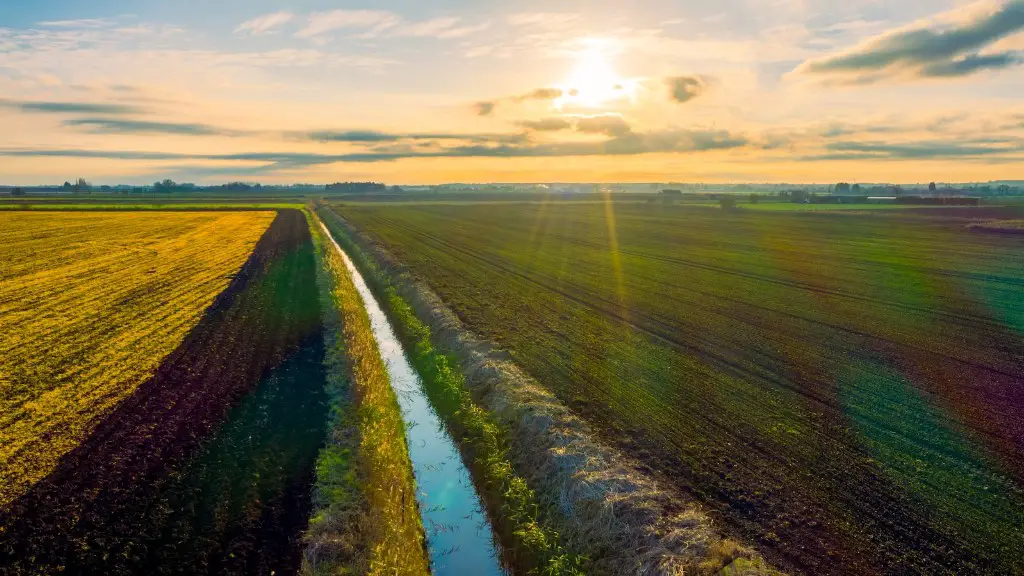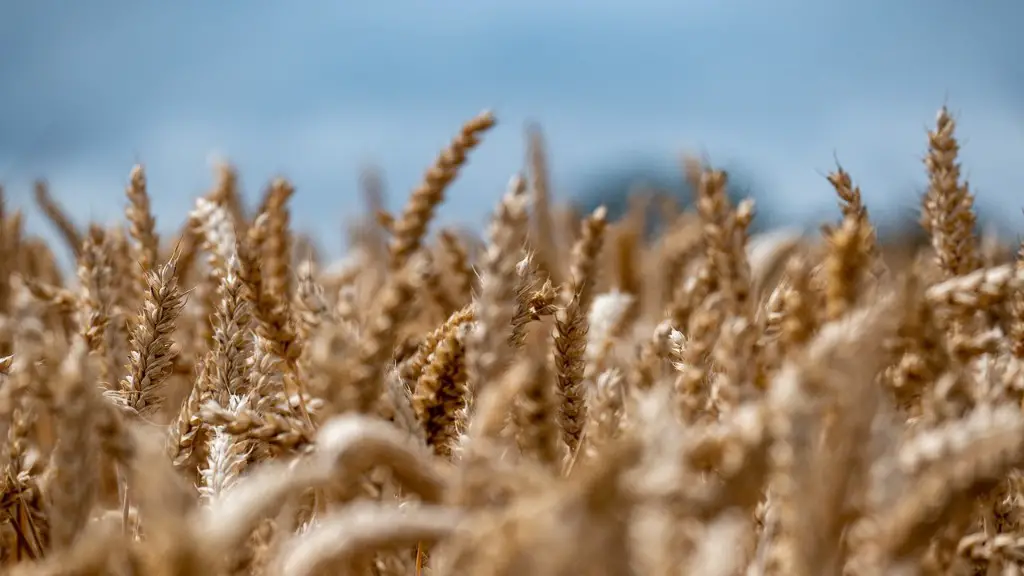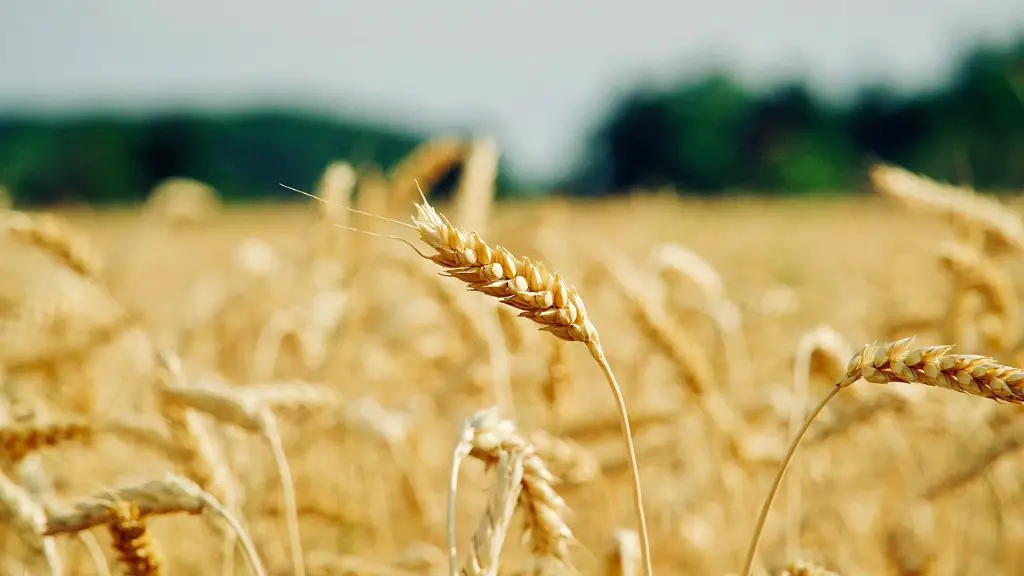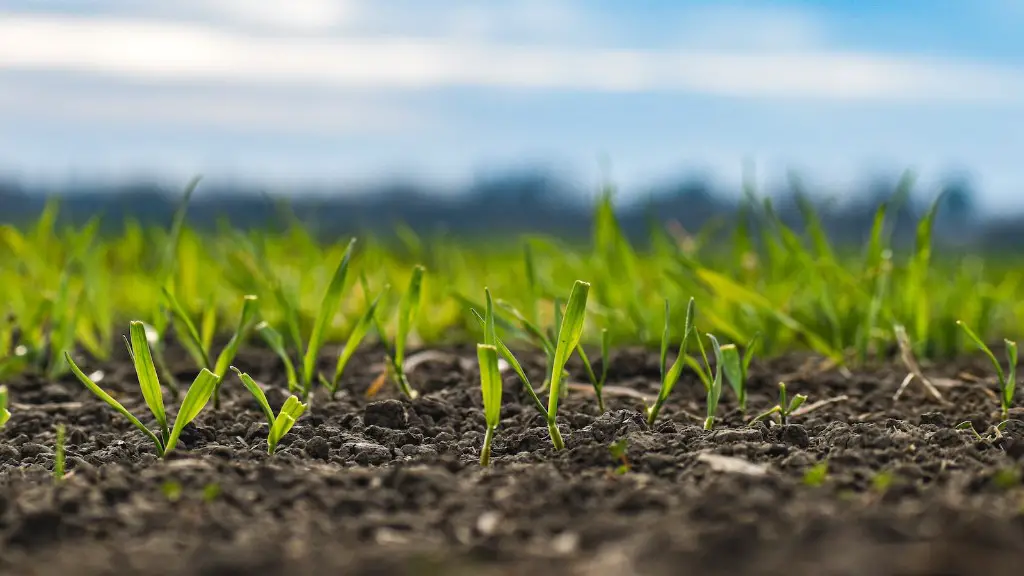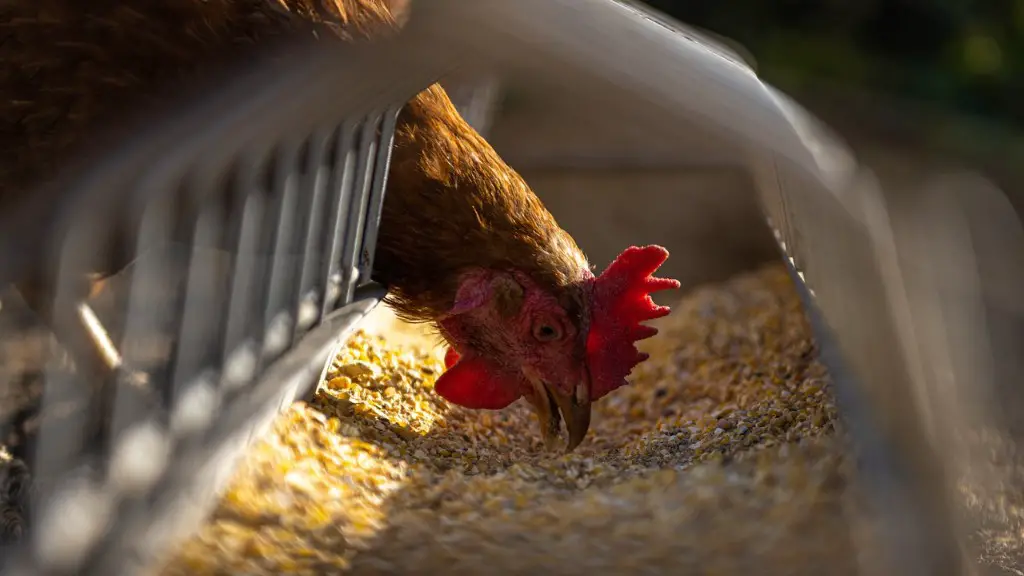Agriculture and GIS go hand-in-hand. GIS, or Geographic Information Systems, is a powerful tool used by agricultural scientists and researchers to collect, store, analyze and share geographic data about crops, land, and the environment. GIS helps agriculturalists in understanding and managing crop production, landand soil management, weather, pest and weed control, and water resources. It also enables them to map and analyze the relationships between different elements of agricultural production, enabling them to make better decisions.
GIS can provide detailed information about various locations and their conditions, including soil type and temperature, elevation, hydrology and land cover. With this information, agriculturalists can plan, manage and monitor their productions. Additionally, GIS can be used to compare different crop yields and see how certain environmental factors affect production.
GIS can also help agriculturalists to monitor crop health and detect environmental issues, such as pollution or soil erosion. It can help them to identify sensitive areas and create predictive models to anticipate issues before they occur, enabling them to take preventive measures. Additionally, GIS can be used to manage water resources and crop rotation, helping agriculturalists optimize resources.
GIS technology represents an essential part of precision agriculture, which is the practice of applying technology to manage agricultural production. By using GIS, agriculturalists can create detailed maps of their crops that update in real-time, enabling them to monitor and manage production more effectively. GIS also allows them to monitor environmental conditions, such as air quality, and make decisions based on that data, ensuring they produce safe, healthy food.
Overall, GIS technology is an essential part of modern agricultural production. It can be used to monitor crops, environment, and resources, helping agriculturalists to plan, manage and maintain production. GIS can also be used to analyze crop yields and predict environmental issues, providing agriculturalists with the tools they need to manage production more effectively.
Crop Yield Analysis with GIS
GIS can also be used to analyze crop yields, allowing agriculturalists to visualize and understand the relationship between different factors that affect crop production. This information can be used to optimize yields, identify problems, and compare them to similar fields or climates. GIS helps agriculturalists to identify relationships between different factors and make decisions to maximize crop yield and minimize risk. By using GIS, agriculturalists can make more informed decisions, ensuring they maximize their production.
GIS can also be used to analyze crop patterns and identify areas with potential problems. Agriculturalists can look at soil fertility, pests and diseases, and weather patterns and identify areas that require more attention or specialized equipment. With GIS, they can make better decisions in a timely manner, which can reduce losses and improve yields.
GIS can be used to monitor and analyze data in real-time, allowing agriculturalists to make fast decisions during seasons. This can help them to anticipate potential problems and take preventive measures to prevent losses. They can also combine GIS with other technologies, such as drones, to get the most up-to-date information and monitor their crops more closely.
Overall, GIS is an important tool that can help agriculturalists analyze crop yields and make more informed decisions. By combining GIS with other technologies, agriculturalists can optimize their production and reduce losses. GIS can help them to plan, manage and monitor their production more effectively, enabling them to maximize their yields.
Disease Detection with GIS
GIS can also be used to detect plant disease. With the help of GIS, agriculturalists can monitor crop health and detect any potential illnesses in a timely manner. This information can be used to treat areas before the disease spreads. Additionally, GIS can be used to identify areas that are more likely to suffer from a particular disease, allowing farmers to take preventive measures.
GIS can also be used to monitor soil and air quality. With this information, agriculturalists can determine if specific areas have environmental issues or are prone to certain diseases. By monitoring environmental conditions with GIS, agriculturalists can take appropriate preventive measures and keep their crops healthy.
GIS can also help agriculturalists analyze their plants in detail. They can use GIS to monitor leaf area, biomass, nitrogen content, chlorophyll levels and other metrics to determine the overall health of their crops. This can help them to identify any issues and make timely decisions to ensure healthy crops.
Overall, GIS is an important tool for agriculturalists in detecting diseases and maintaining crop health. By monitoring soil, air and plant health, agriculturalists can anticipate and respond to potential diseases quickly. Additionally, GIS can be used to identify areas that are more likely to suffer from specific illness, allowing them to take preventive measures and optimize their production.
Pest Management with GIS
GIS can also be used for pest management. With this technology, agriculturalists can identify potential pest hotspots, analyze potential damage, and take appropriate measures. Furthermore, GIS can also be used to monitor the spread of pests and take preventive measures before they cause significant damage.
GIS can be used to monitor pest populations in detail. With this technology, agriculturalists can track pest behavior, identify areas of high density, and see how their populations are increasing or decreasing over time. Additionally, GIS can be used to map and monitor crops that are vulnerable to certain pests, allowing farmers to take preventive measures to reduce the risk of damage.
GIS can also be used to identify weak spots in pest control. With this technology, agriculturalists can analyze their practices, identify problems, and make corrections quickly. This can help them to optimize their pest management strategies and reduce losses.
Overall, GIS is an essential tool for pest management. By mapping pest behavior and populations, agriculturalists can identify hotspots and take preventive measures to reduce losses. Additionally, GIS can be used to analyze weak spots in pest control and identify areas that require attention, helping agriculturalists to optimize their pest management strategies.
Resource Management with GIS
GIS can also be used to optimize resources. By using GIS, agriculturalists can monitor their resources in detail and make informed decisions. They can look at soil types, precipitation, crop yield, and other factors and optimize their resources to maximize yields.
GIS can also be used to analyze water resources. With this technology, agriculturalists can track water usage, identify areas of high usage, and analyze the relationship between water and crop yield. This can help them to optimize water usage and maximize their crops.
GIS can also be used to analyze land use and manage crop rotation. With this technology, agriculturalists can identify areas that are more suitable for certain crops, ensuring they get the most out of their land. GIS can also help agriculturalists to plan crop rotation, ensuring they get the most out of their land.
Overall, GIS is an essential tool for resource management. By analyzing soil, water, and land use, agriculturalists can optimize their resources and maximize their yields. GIS can help them to make informed decisions, manage crops and water resources, and get the most out of their land.

